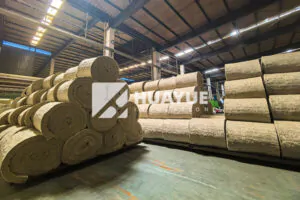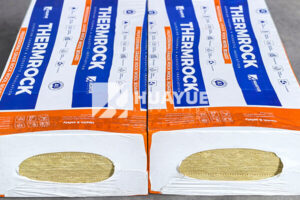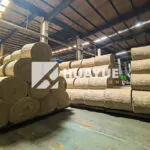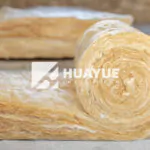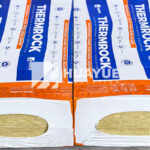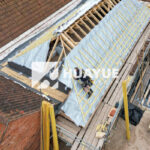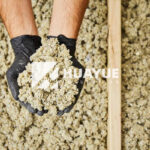What is Rock wool Insulation Made Of?
Rockwool insulation often sparks confusion for facility managers, especially when safety, performance, and compliance are critical. Let’s break down the basic facts that matter most.
Rockwool insulation is made primarily from crushed basalt rock and recycled slag melted at high temperatures, spun into fibers, then compacted into boards or blankets. There is no fiberglass in rock wool insulation.
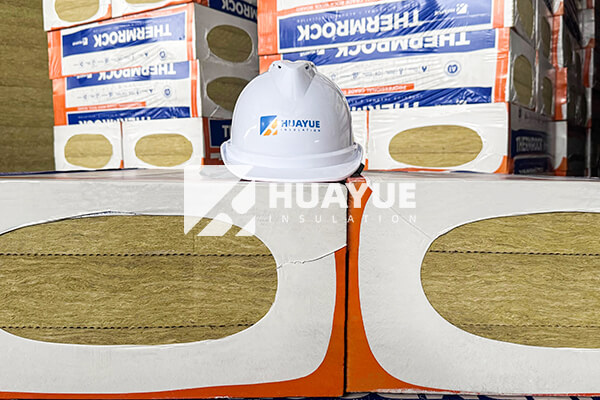
Many plant engineers ask about what actually goes into rock wool insulation. They want products that deliver long-term reliability, resist fire, and withstand harsh chemical environments. Questions about ingredients and differences between types of mineral wools keep coming up, especially on large projects like cryogenic tanks. Let me share what I know from working closely with procurement and technical teams.
What Are the Raw Materials for Rock wool Insulation?
Rockwool insulation gets its unique structure and benefits from raw, natural minerals. This matters when you want to avoid unknown ingredients or risky materials. Most facility managers want materials that are easy to verify.
Rockwool insulation is made from volcanic basalt rock, steel-making slag, and small amounts of binding agents to hold the fibers. The raw materials are heated to about 1,600°C, then spun into fine threads.
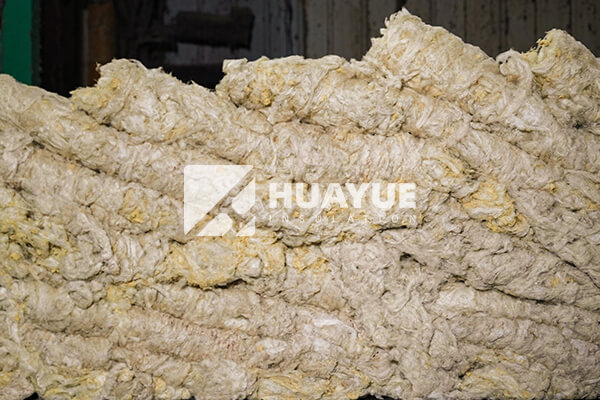
I have seen production lines turning raw basalt rock and industrial slag into soft, cotton-like fibers. The mineral mix makes this product strong, durable, and non-combustible. Manufacturers add organic binders for fiber stability, and sometimes oils for dust control. There are no metal particles, no plastic fillers, and no recycled fiberglass in standard rock wool insulation. This mineral-only approach is why rock wool meets strict fire and safety codes. Facility teams like how simple and consistent the raw ingredient list is.
| Ingredient | Purpose | Typical % by Weight |
|---|---|---|
| Basalt Rock | Main fiber material | 90% |
| Steel Slag | Added mineral content | 5-10% |
| Organic Binder | Holds fibers together | 2-4% |
| Oil/Dust Suppressant | Reduces fiber shedding | <1% |
The natural minerals that go into rock wool provide thermal insulation and fire resistance, making rock wool a reliable choice for industrial applications.
Does Rock wool Insulation Have Fiberglass?
Many engineers ask if rock wool contains fiberglass, especially when managing CUI risk. Fiberglass can react differently to heat and moisture, so this question comes up often during tank upgrades.
No, rock wool insulation does not contain fiberglass. It is made entirely from minerals like basalt and slag.
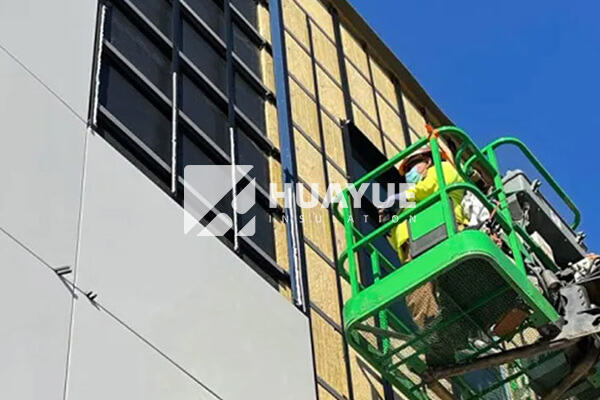
I always clarify for customers that rock wool and fiberglass are two different products. Fiberglass is made by melting glass and spinning it into fibers, while rock wool uses natural minerals. There is no overlap in ingredients. This matters, because some facilities want to avoid glass fibers due to moisture absorption or specific safety requirements. Rock wool’s lack of fiberglass means it handles water, chemicals, and temperature swings in a very different way. The mineral composition also gives rock wool its characteristic water-repellency and high fire rating.
| Material | Key Ingredient | Moisture Resistance | Fire Rating |
|---|---|---|---|
| Rock wool | Basalt/Slag | High | Non-combustible |
| Fiberglass | Glass | Moderate | Fire-resistant |
| Mineral Wool | Various minerals | Varies | Varies |
Facility teams find this clear distinction helpful when specifying insulation for different parts of the plant.
What Is the Difference Between Mineral Wool and Rock wool?
It can be confusing to sort out the terms ‘mineral wool’ and ‘rockwool’, especially when looking at global product labels or technical sheets. Maintenance engineers want a straightforward answer.
Mineral wool is a broad category that includes rock wool, but also other products made with different minerals or combinations. Rock wool specifically refers to insulation made from basalt or diabase rock.
Most mineral wool types include glass wool, slag wool, and rock wool. Here’s how they differ:
| Type | Main Ingredient | Typical Use | Properties |
|---|---|---|---|
| Glass Wool | Recycled Glass | Buildings, ducts | Lightweight, flexible |
| Slag Wool | Blast Furnace Slag | Industrial piping | High temperature |
| Rock wool | Basalt Rock/Slag | Tanks, heavy duty | Dense, fireproof |
When specifying insulation, I always check origin and composition. Rock wool is chosen for tanks and harsh chemical plants because it resists fire, chemicals, and crushing. Glass wool is softer and fits lighter-duty jobs. By understanding the ingredient differences, facility managers can pick what fits their maintenance and lifecycle targets.
What Are the Ingredients in Rock wool?
Tank engineers ask for full ingredient lists for compliance and safety checks. Mineral content and binder details are important for long-term risk management.
Rockwool ingredients include basalt rock, steel slag, small amounts of organic binder, and sometimes minor dust suppressant oils.
The mineral base gives rock wool its physical strength, non-combustibility, and performance at high and low temperatures. Organic binders are added only to keep the fibers together as boards or blankets. Some suppliers use vegetable or acrylic binders to avoid formaldehyde and other volatile chemicals. The finished product does not contain plastics, metals, or glass fibers. This ingredient profile is favored for critical insulation in chemical plants and energy facilities.
Here’s a typical breakdown:
| Ingredient | Function | Notes |
|---|---|---|
| Basalt Rock | Bulk fiber, structure | Main ingredient |
| Steel Slag | Adds durability | By-product, recycled |
| Organic Binder | Holds fiber together | Usually <4% by weight |
| Oil | Dust suppression | Optional, low amount |
I always recommend checking supplier data sheets and certification reports for your project’s needs. In my experience, transparency about every ingredient is the best way to ensure tank insulation performs safely and reliably for years.
Conclusion
Rockwool insulation is made from basalt and slag, with organic binders added, and contains no fiberglass, plastics, or metals.
You may also be interested in:
Ready to Get Started?
Get in touch with our experts for personalized solutions tailored to your needs.
Get Free QuoteLatest Articles
Let's Work Together
Ready to take your business to the next level? Get in touch with our team of experts and let's discuss how we can help you achieve your goals.
Get Free Solutions
